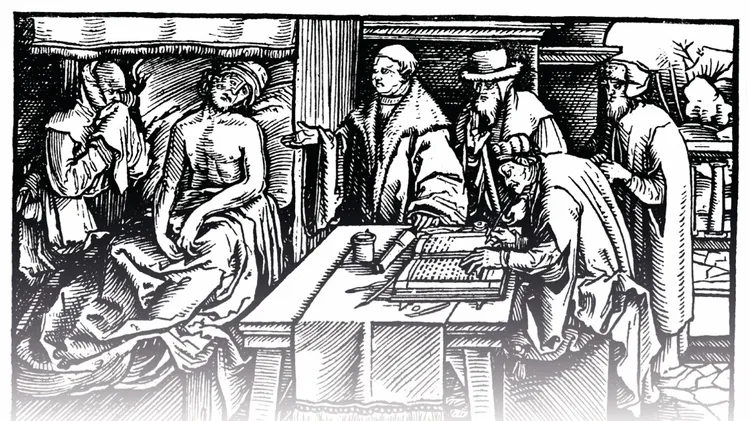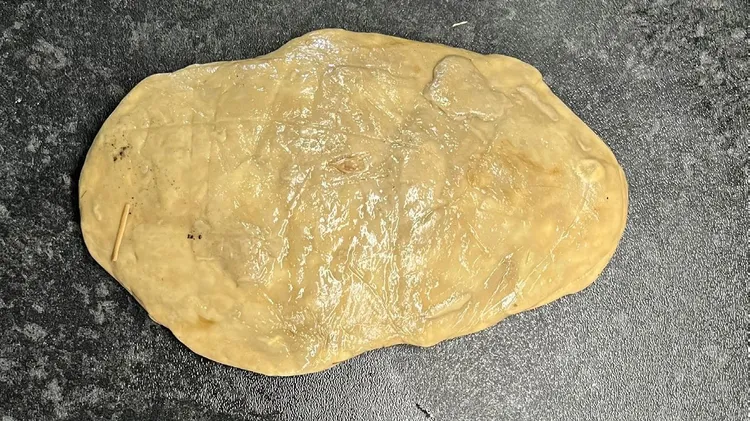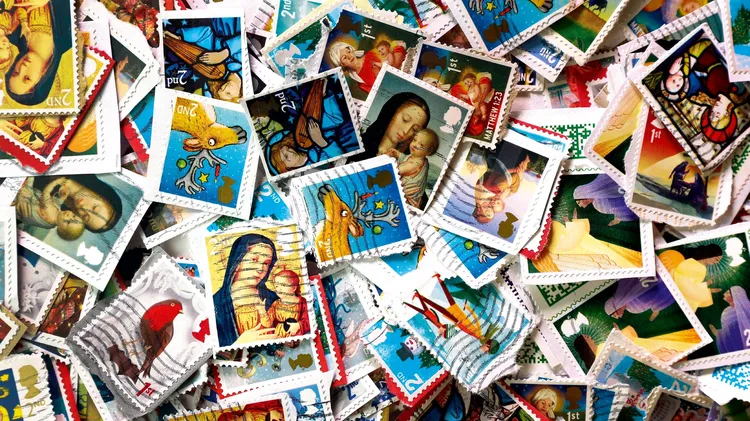Paul Blake explains how you can trace ancestors who served as apprent
Apprenticeship registers
4 min read
This article is from...
Read this article and 8000+ more magazines and newspapers on Readly






